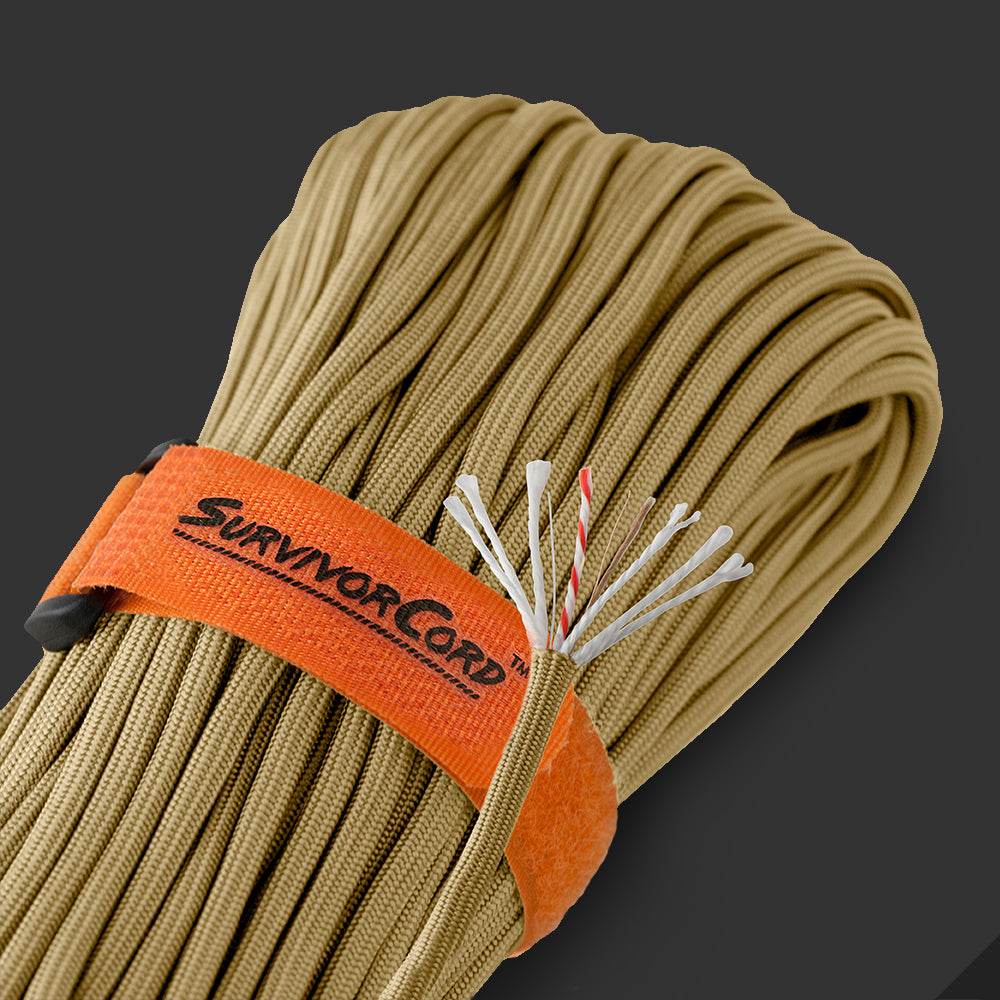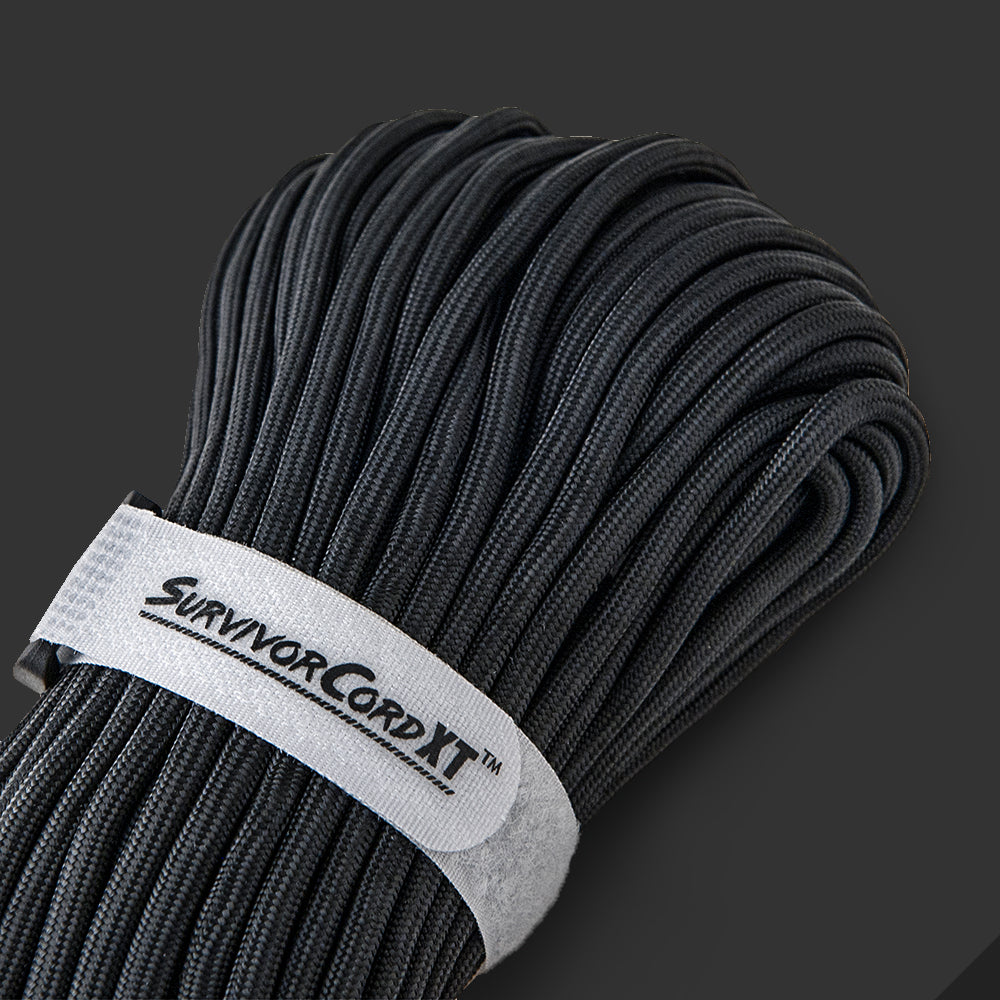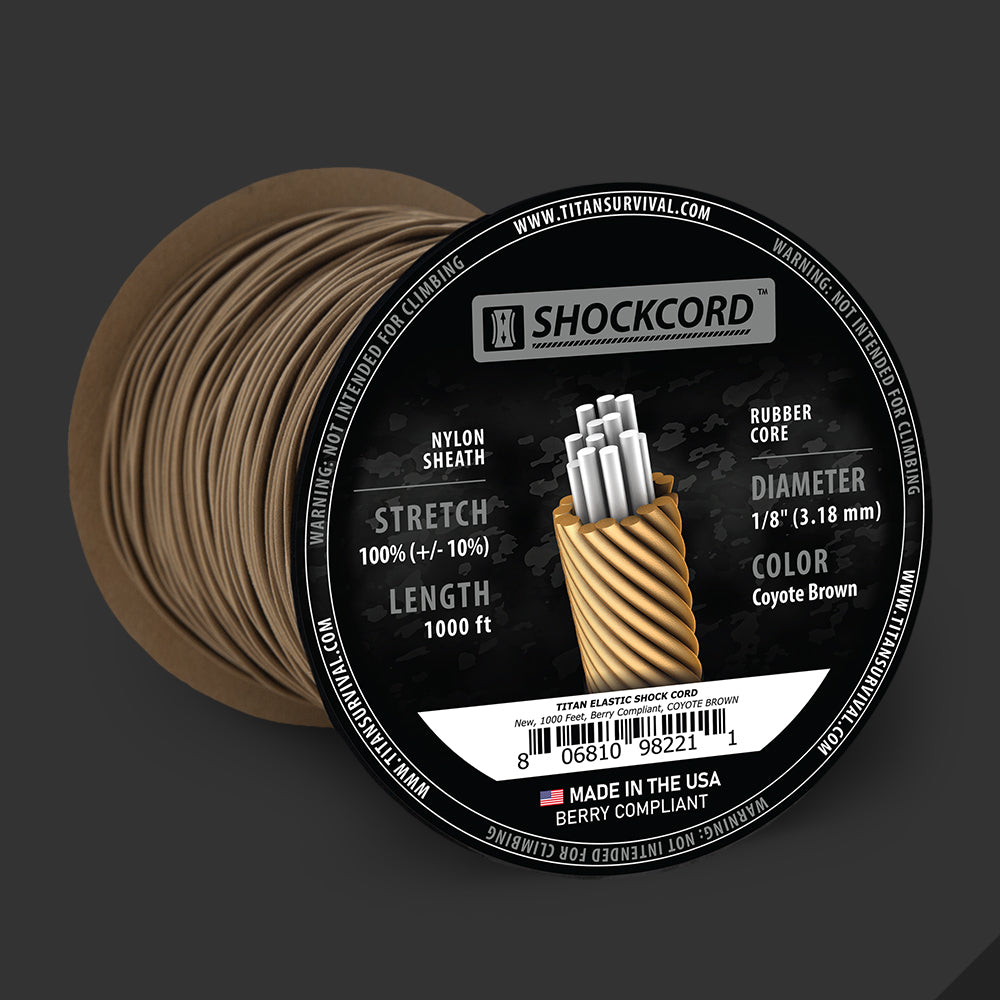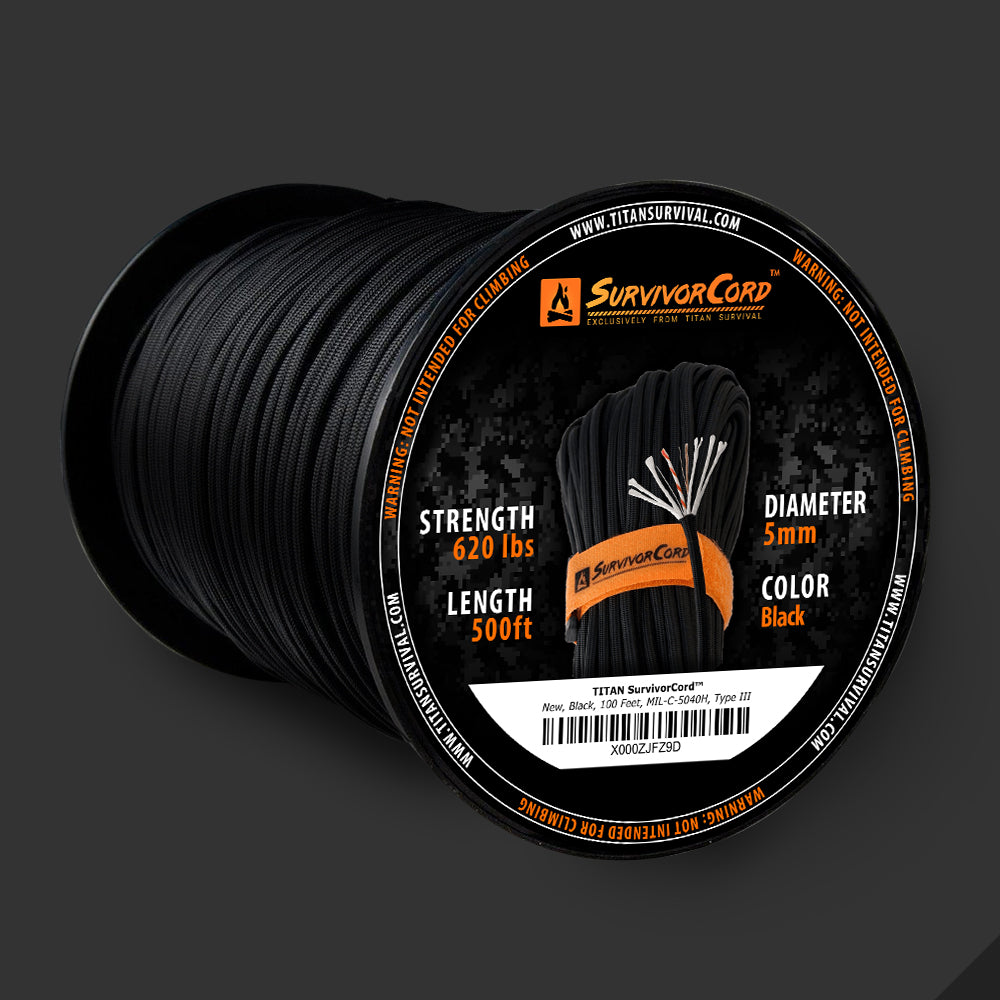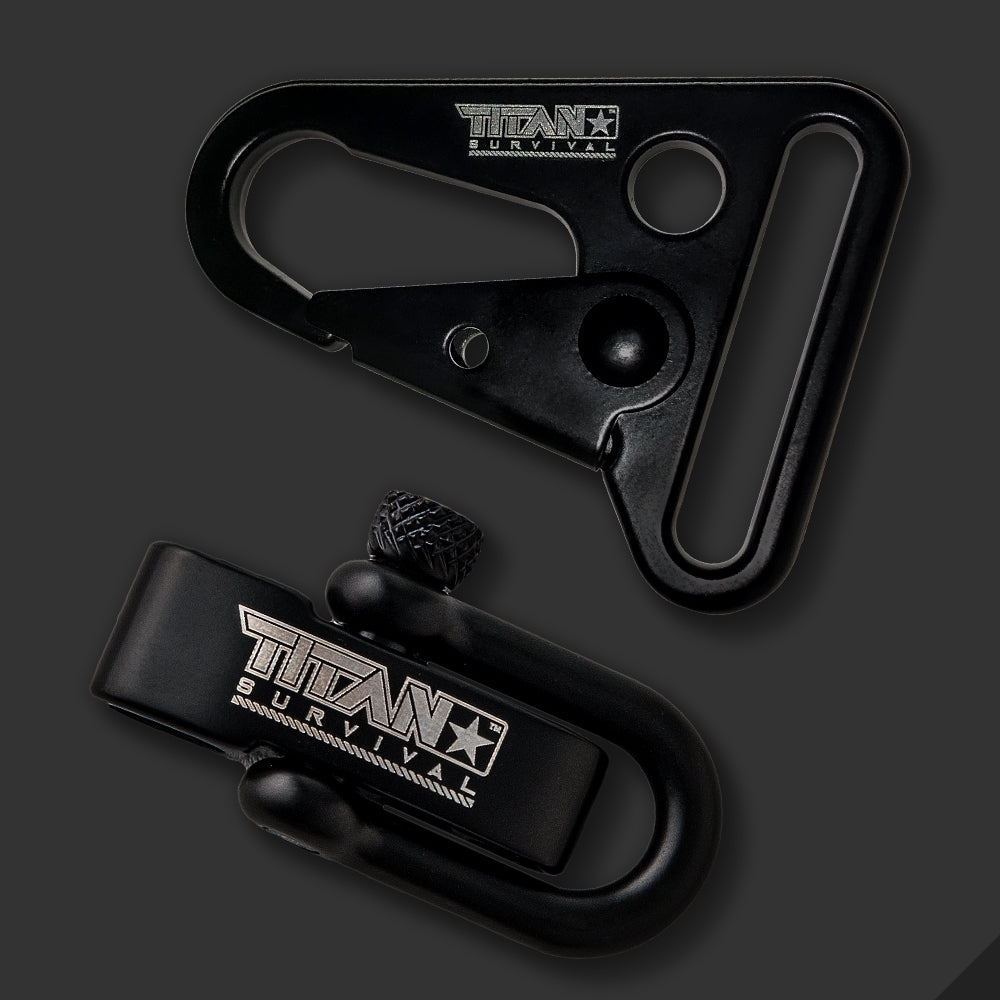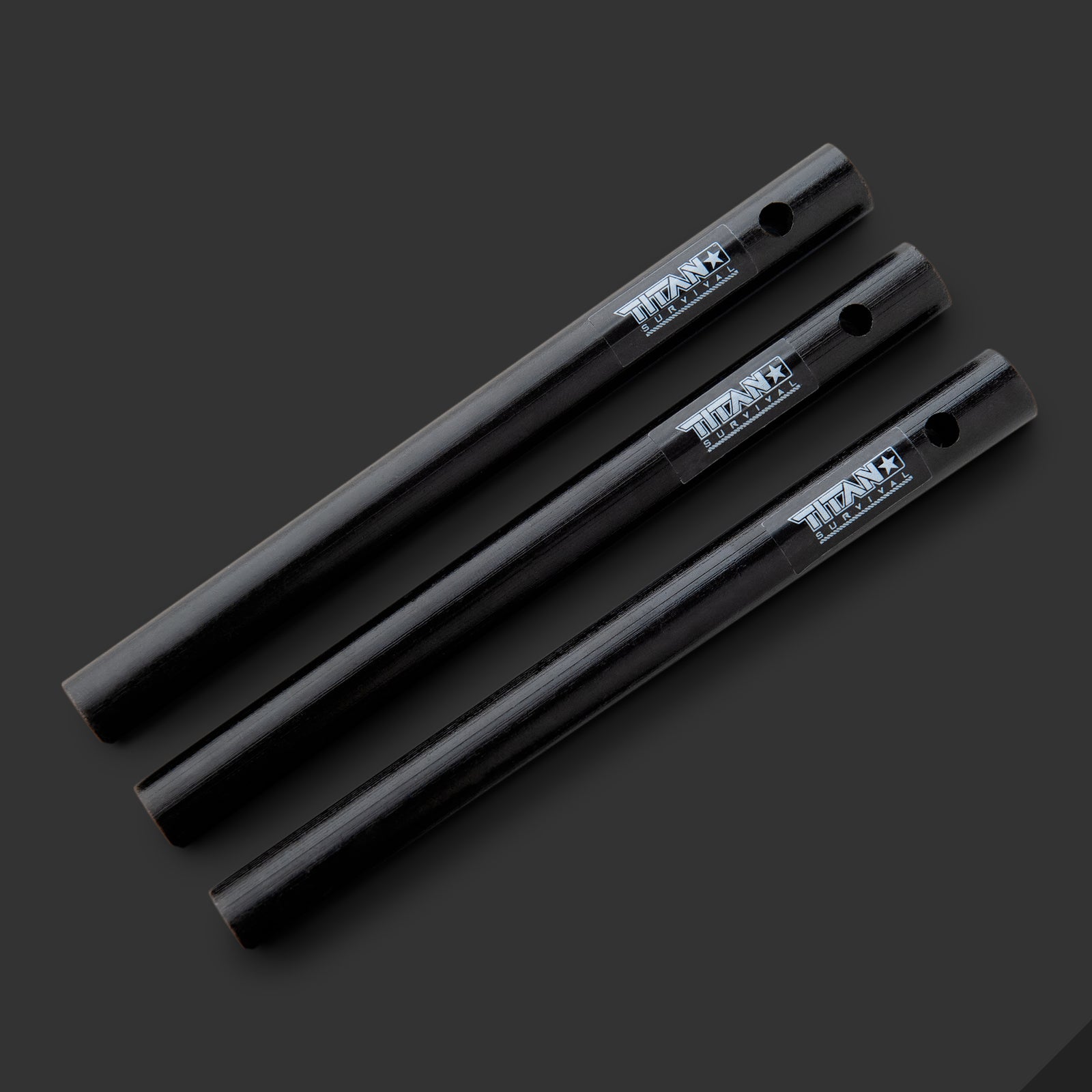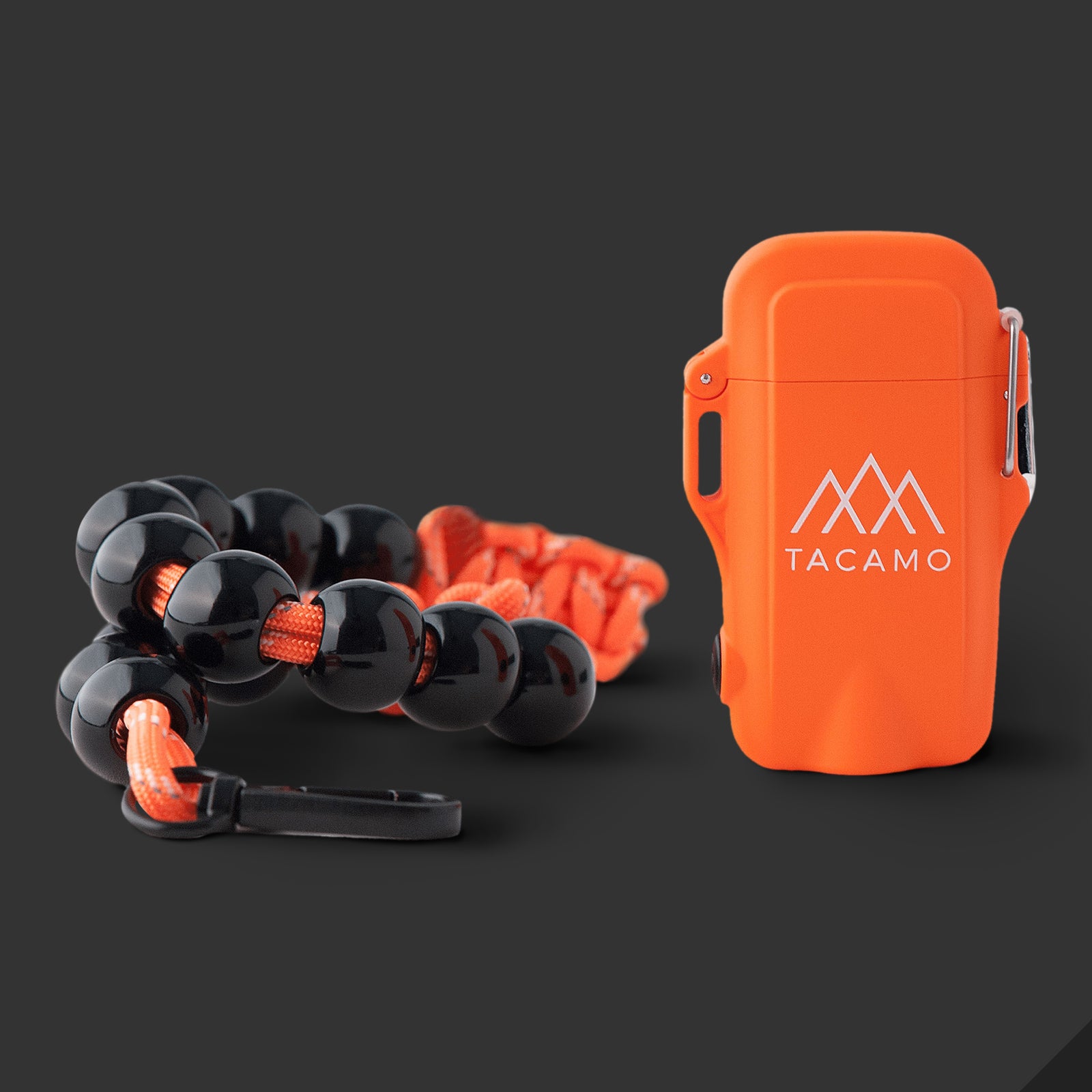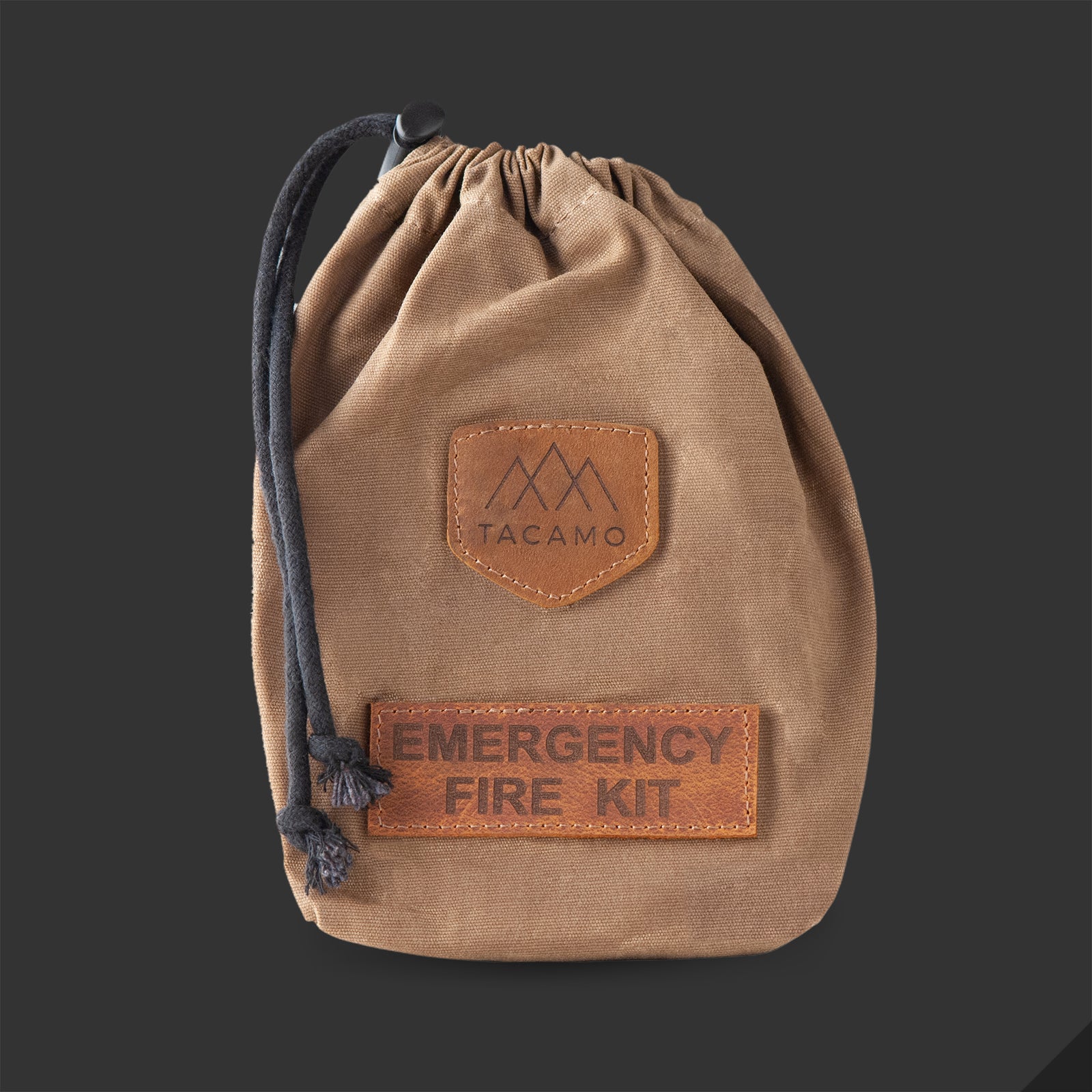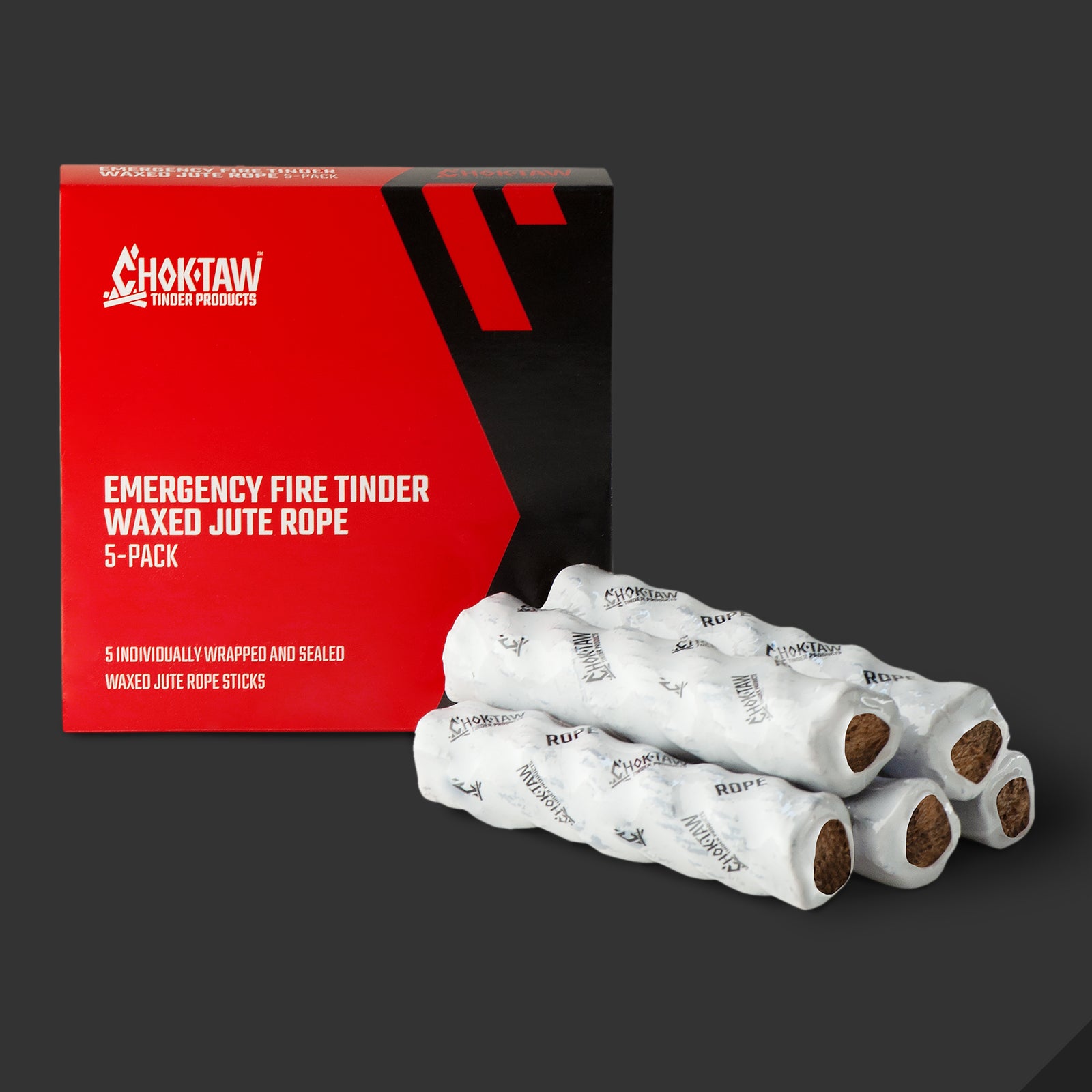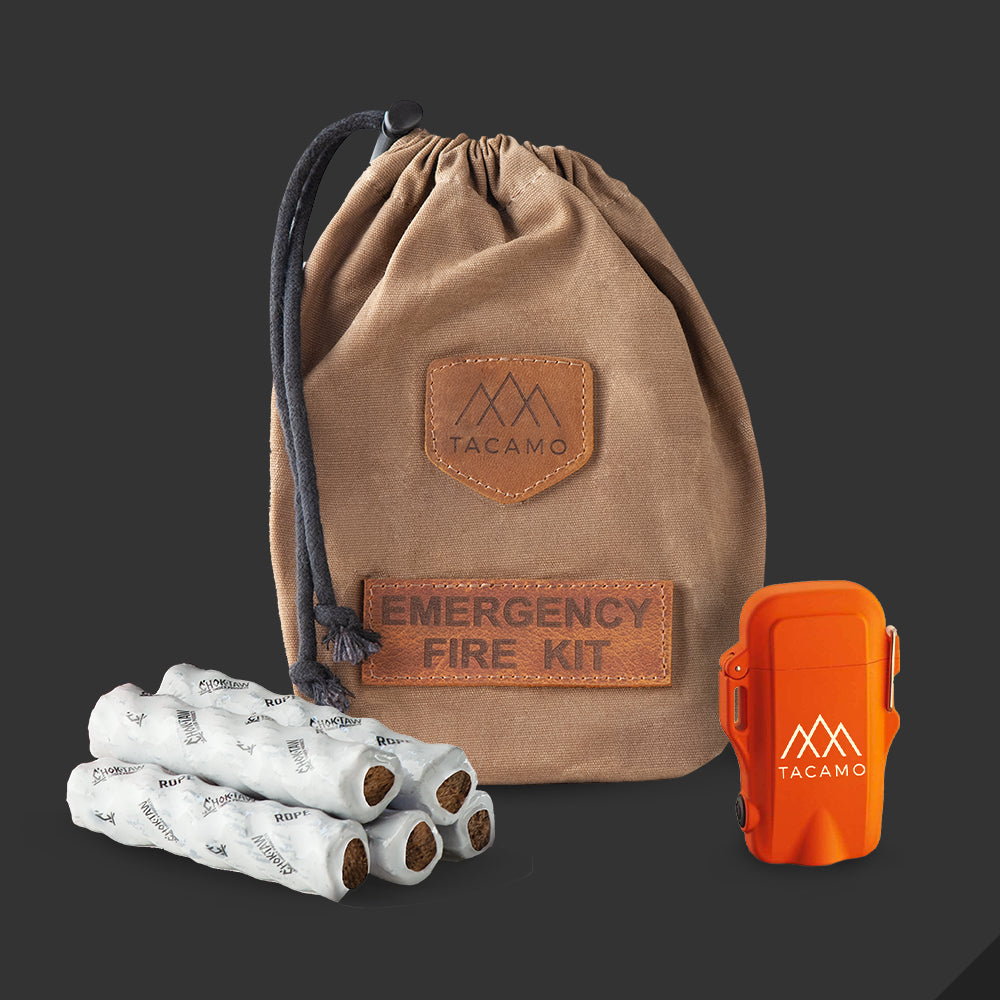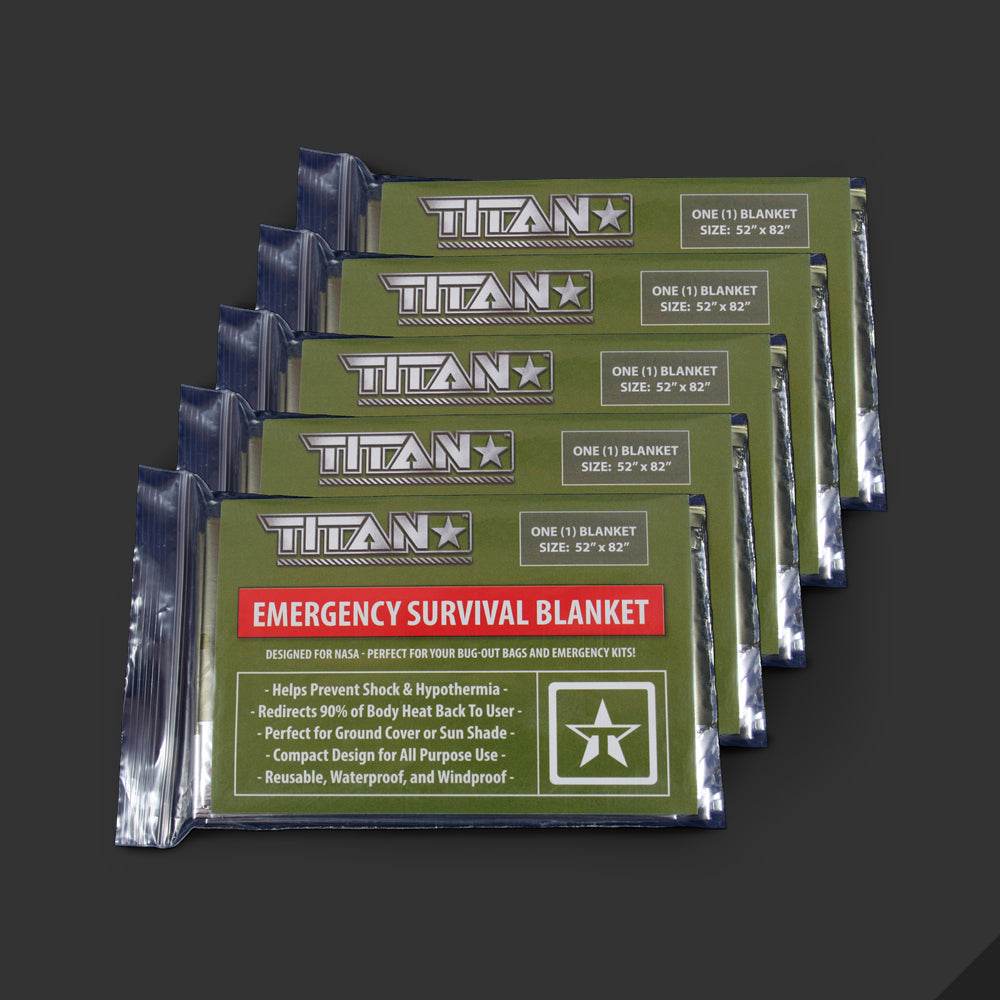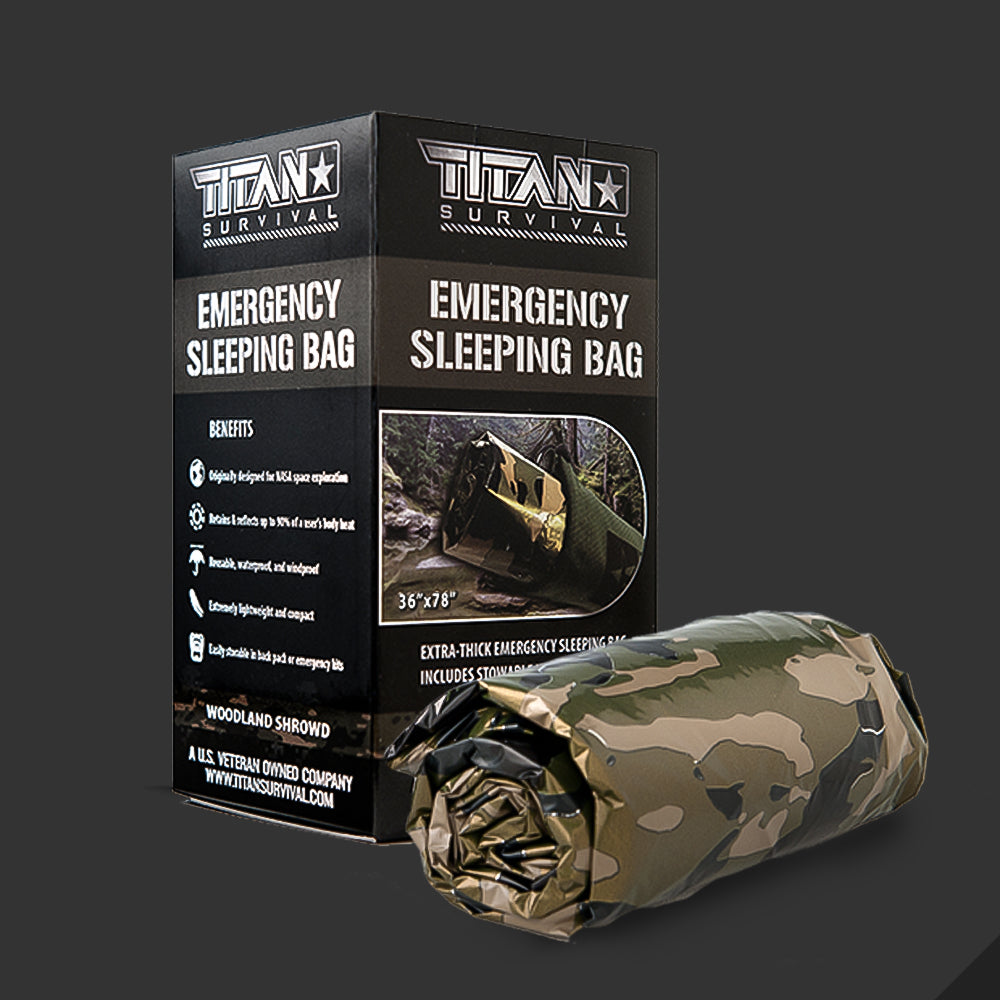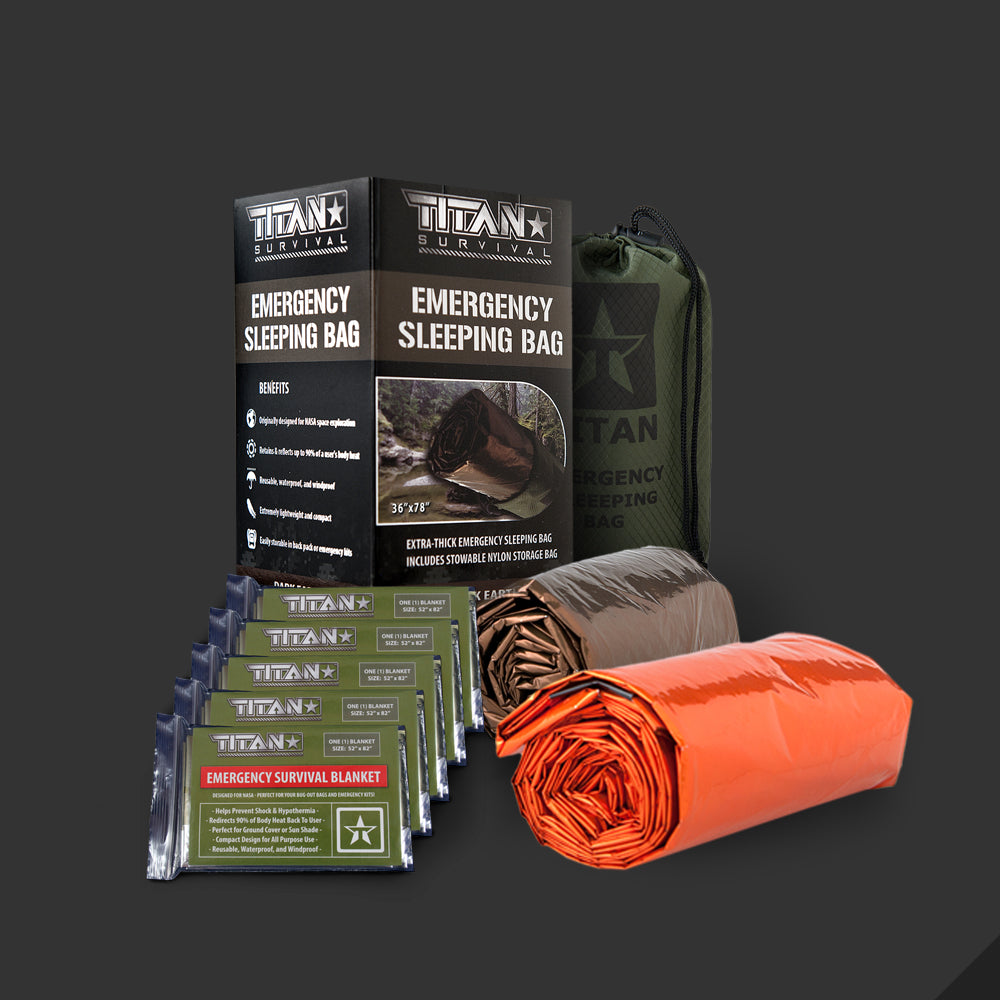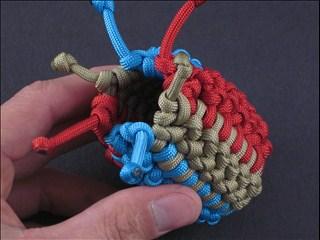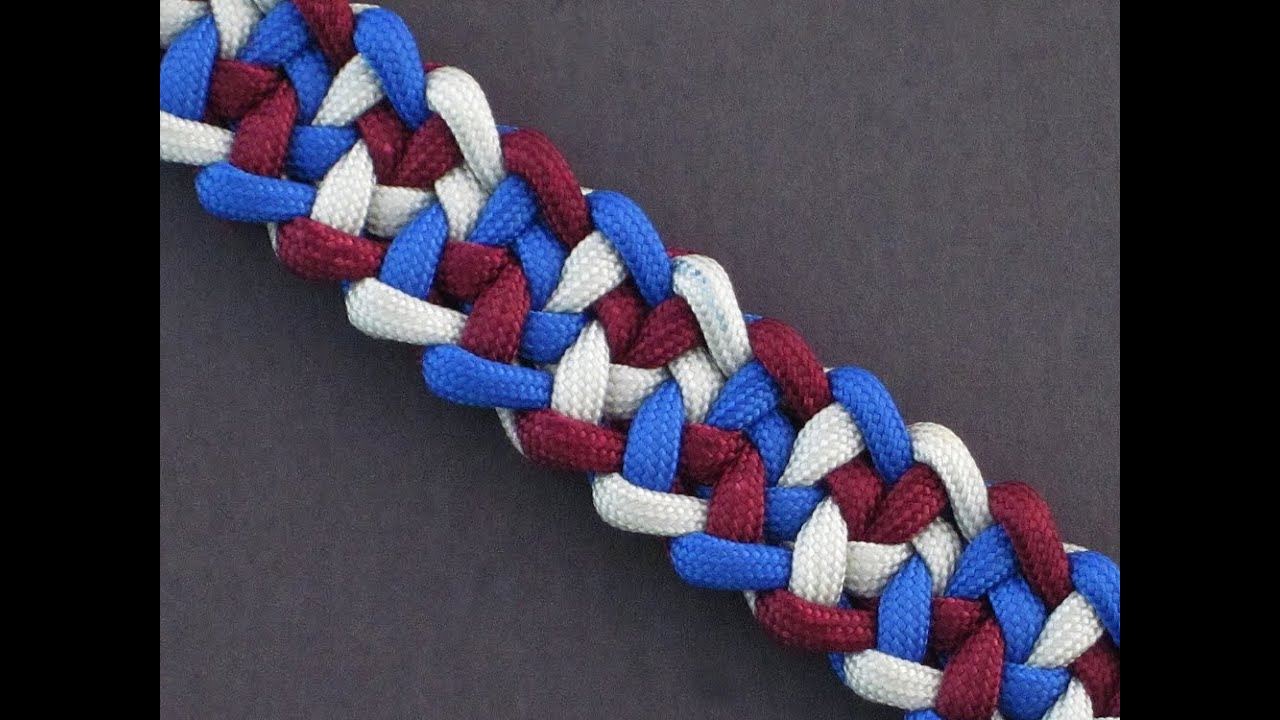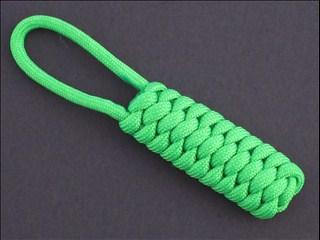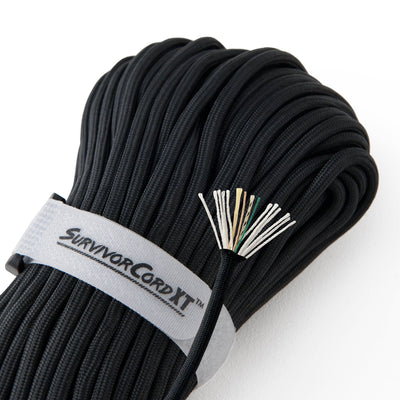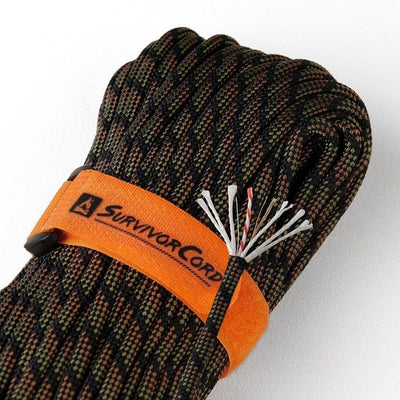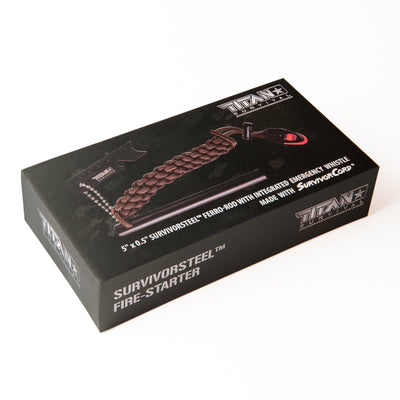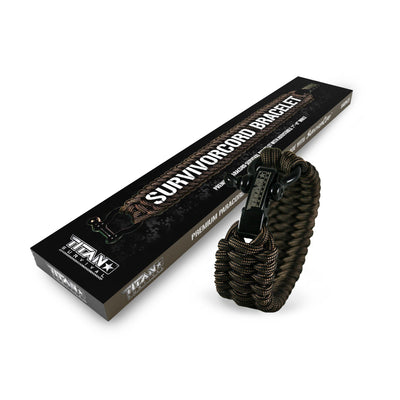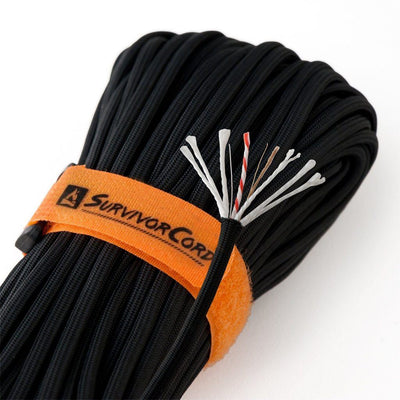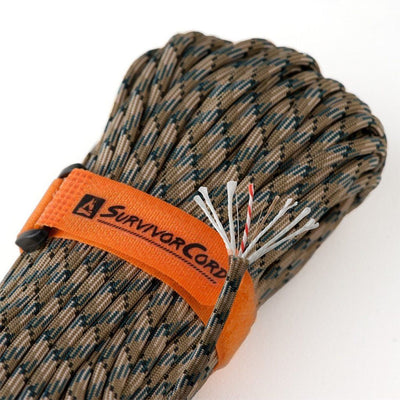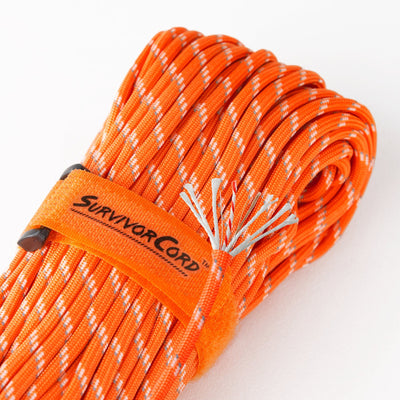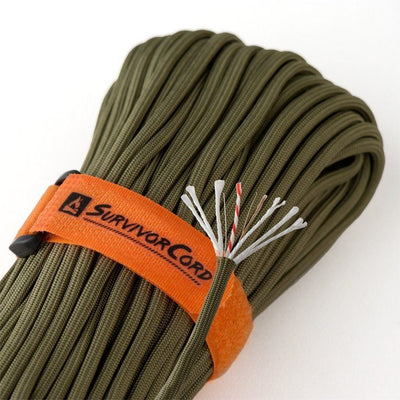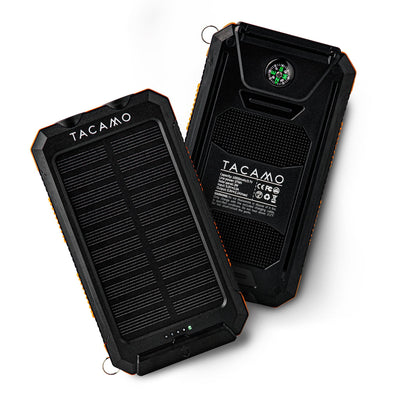Video Overview
In this video by David from Ultimate Survival Tips you will discover the uses of a paracord survival belt, and why you should wear one every day. This video will give you reviews on the best choice of weaved paracord belts, their functions, and alternative paracord survival belts that cost less. Learn how simple weaving your own paracord survival belt is.
Save money by weaving your own paracord survival belt. This article will lay out step-by-step how to weave your own paracord survival belt using a double cobra stitch. Materials you will need are a metal belt buckle, a lighter, scissors, needle nose piers, and four separate lengths of paracord.
For the paracord you will need two core threads that are twice the length of the measurement of your waist plus twenty-four inches. For a thirty-two inch waist you would need two lengths of eighty-eight inches long, a little more than seven feet. You will also need two braiding threads, which will be twelve inches for every inch of waist line plus six feet. For a thirty-two inch waist that would be two thirty-eight foot lengths of paracord.
After you have cut the lengths of paracord, melt the ends to prevent fraying. To start weaving your own paracord survival belt you will need to first attach the lines to the belt buckle. First attach a core line on each side of the buckle prong using the lark’s head knot. Then attach the braiding lines using the same lark’s head knot over the top of the core lines, but knotting them in the opposite direction as the core lines. You should end up with two core lines and two braiding lines on each side of the buckle prong.
Before you begin weaving wrap the excess paracord up until you have a comfortable working length and put a rubber band around it. This will make is so you don’t have to pull the entire thirty-eight feet of paracord through after each stitch. Each side of the prong will be a single cobra stitch, and when finished the belt will be composed of two cobra stitches connected side by side.
To begin weaving your own paracord survival belt, starting on one side of the prong, take the outer braid line and work it behind the two core lines. Take the inner braid line and work it under the outer braid line, up and over the top of the core lines, and through the loop made by the outer braid line and tighten. On the same side you will make the same not, but in the opposite direction. To do this take the inner braid line and work it behind the two core lines. Then take the outer braid line and work it under the inner braid line, up and over the top of the core lines and through the loop made by the inner braid line and tighten.
Do the same thing on the other side of the prong. Once two stitches are made on both sides of the prong, crisscross the inner braid lines. After each set of stitches the inner braids will swap sides, this connects the two cobra stitches together. Repeat this process until you have reached your desired length. You want to make sure the braid is tight but not so tight that it distorts the straightness of the belt. After every set of stitches grab the core lines and push the braids towards the buckle.
Once you have reached your desired length it is now time to finish the end of the belt. Cut the outer core lines to about one and a half inches past the end, and using a pair of needle nose pliers, reach under one of the braid loops and pull the core line back through. Do this for about 6 loops for each outer core line. The two inner braid lines have now become the core lines.
Now take the two remaining core lines (original inner core lines) and double stitch them around the new core lines, pulling them tight and pushing them towards the buckle. Then take the two remaining outer braid lines and double stitch those around the new core lines and tighten. Trim the remaining cords one at a time to about one quarter of an inch long. Melt each paracord end until the molten ball of cord fuses to the braided part of the belt.
You've just woven a very cool paracord survival belt. You can wear this paracord survival belt everyday regardless of what you are doing. You will be prepared with almost ninety-one feet of paracord if an emergency arises. And you can make it even better by using TITAN's patented SurvivorCord.

